96 F. maximum temperature in the Twin Cities Saturday.
77 F. average high on June 10.
91 F. high on June 10, 2016.
June 11, 2011:
Severe thunderstorms bring extremely strong wind to central Minnesota.
An unofficial wind gust of 119 mph is reported at a seed farm 1 mile
northwest of Atwater. A storm chaser's car was battered when he got too
close to the storm. Most of the windows in the car were broken.
June 11, 1996: 5.91 inches of rain fall at Mankato. Mudslides close roads, including Hwy. 169, and push a trailer home 20 feet down a hill.
June 11, 1922: A hailstorm at Maple Plain causes extensive damage to crops.
Sizzling Heat Gives Way to Flooding T-storms“When
we long for life without difficulties, remind us that oaks grow strong
in contrary winds and diamonds are made under pressure” wrote Peter
Marshall.
With political food fights brewing from St. Paul to D.C. I'm
trying new ways to remain partially sane. I watch "House of Cards" on
Netflix to relax. Diatribes and partisan shouting matches on Fox News
and CNN? "The Walking Dead" triggers far less angst. My best coping
skill? Channel 851 on DIRECTV: Smooth Jazz. Crank it up.
Another
reason to love weather? No matter how much money you make, what you
believe - or who you voted for you're still 'gonna get wet. We live in
our bubbles and hang with our tribes, but weather is a uniquely shared
experience.
Heavy T-storms bubbling up along a tropical frontal
boundary may spark flash flooding today, but cooler heads prevail (low
80s feels like sweet relief). We may top 90F again Tuesday with a high
risk of T-storms into midweek. Instability showers may sprout next
weekend, but at least we get a break from the 90s.
Not good enough? La-la-la. Mindi Abair is playing saxophone. I can't hear you!
Enhanced Risk.
NOAA SPC has outlined a chunk of central and southern Minnesota and
much of Wisconsin into an "enhanced risk" of severe storms, suggesting a
very good chance of 1 or 2 rounds of strong to severe storms capable of
hail, damaging winds and flooding rains today. Squall lines are
forecast to fire along a tropical warm front; some 1-3"+ rainfall
amounts are possible with some of these storms.
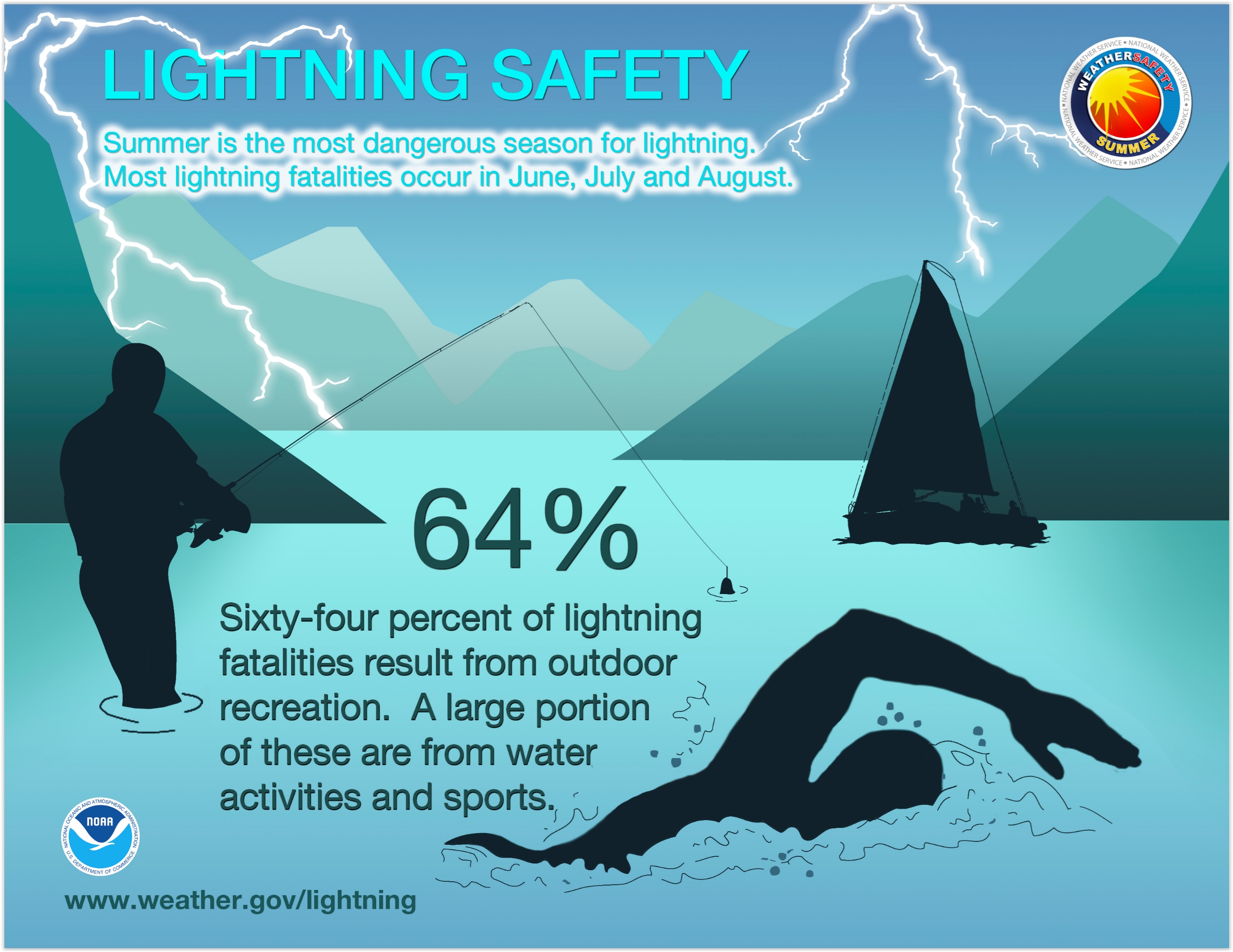
Monsoon Season.
With this much water in the air and a warm frontal boundary to help
focus moisture convergence the die is cast for excessive rainfall
amounts today, as much as 2-3" or more in some communities, with the
heaviest rains east of the St. Croix. Have a Plan B.
Slight Risk of Excessive Rains.
NOAA WPC has outlined much the same area for a risk of flash flooding
from "training storms"; thunderstorms redeveloping over the same
counties, each passage capable of 1-2" rains. At some point soil won't
be able to soak up the rain, and it will run off into streets and
streams.
Severe Squall Line Upper Mississippi Valley Today.
NOAA's 12 KM NAM model spins up a line of severe storms from Sioux
Falls to the Twin Cities and much of Wisconsin later today. The primary
risk is large hail and damaging straight-line winds, but a few isolated
tornadoes can't be ruled out. Heavy showers and T-storms are prevalent
from northern California and Nevada (where snow mixes in, believe it or
not) to the northern Rockies and Plains. Lighter, showery rains and a
few embedded storms flare up across the Gulf Coast. Future radar loop:
NOAA and Tropicaltidbits.com.
Gradual Cooling Trend.
The hottest weather is in our rear-view mirror, at least for the short
term. We may top 90F in the Twin Cities Tuesday before an eastbound cool
front shifts winds around to the northwest later in the week. Upper 70s
by next weekend? I wouldn't be at all surprised. Twin Cities ECMWF
forecast numbers: WeatherBell.
Late June Sizzle.
Excessive heat is forecast 2 weeks out, from California and Arizona
into much of the southern and eastern states. A significant heat-pump
high pressure ridge is forecast to temporarily stall over the southeast,
amplifying the heat. Only the northern Rockies and Upper Midwest may
escape the heat as a lingering cold trough above sparks cooler
temperatures and more numerous showers.
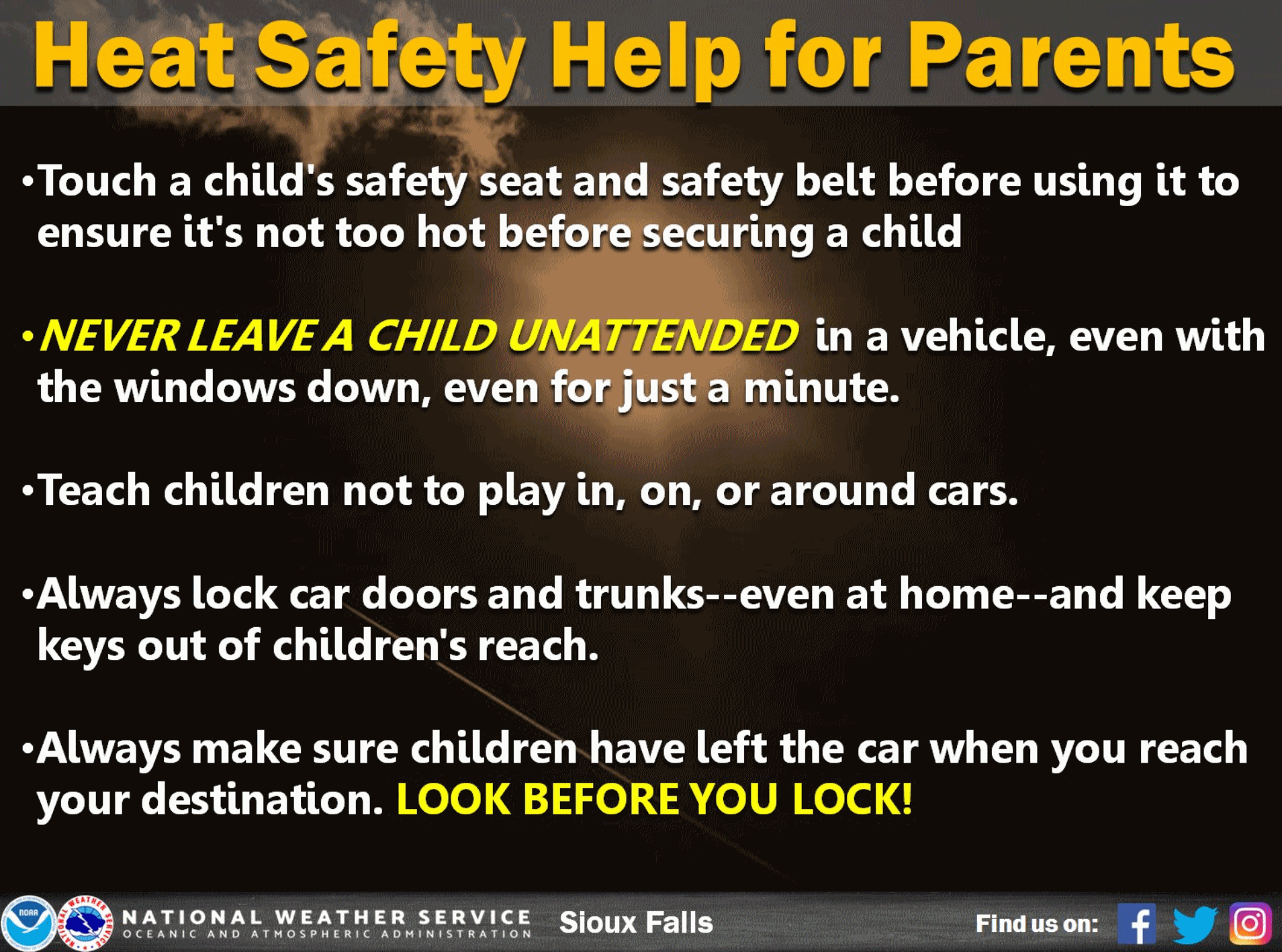
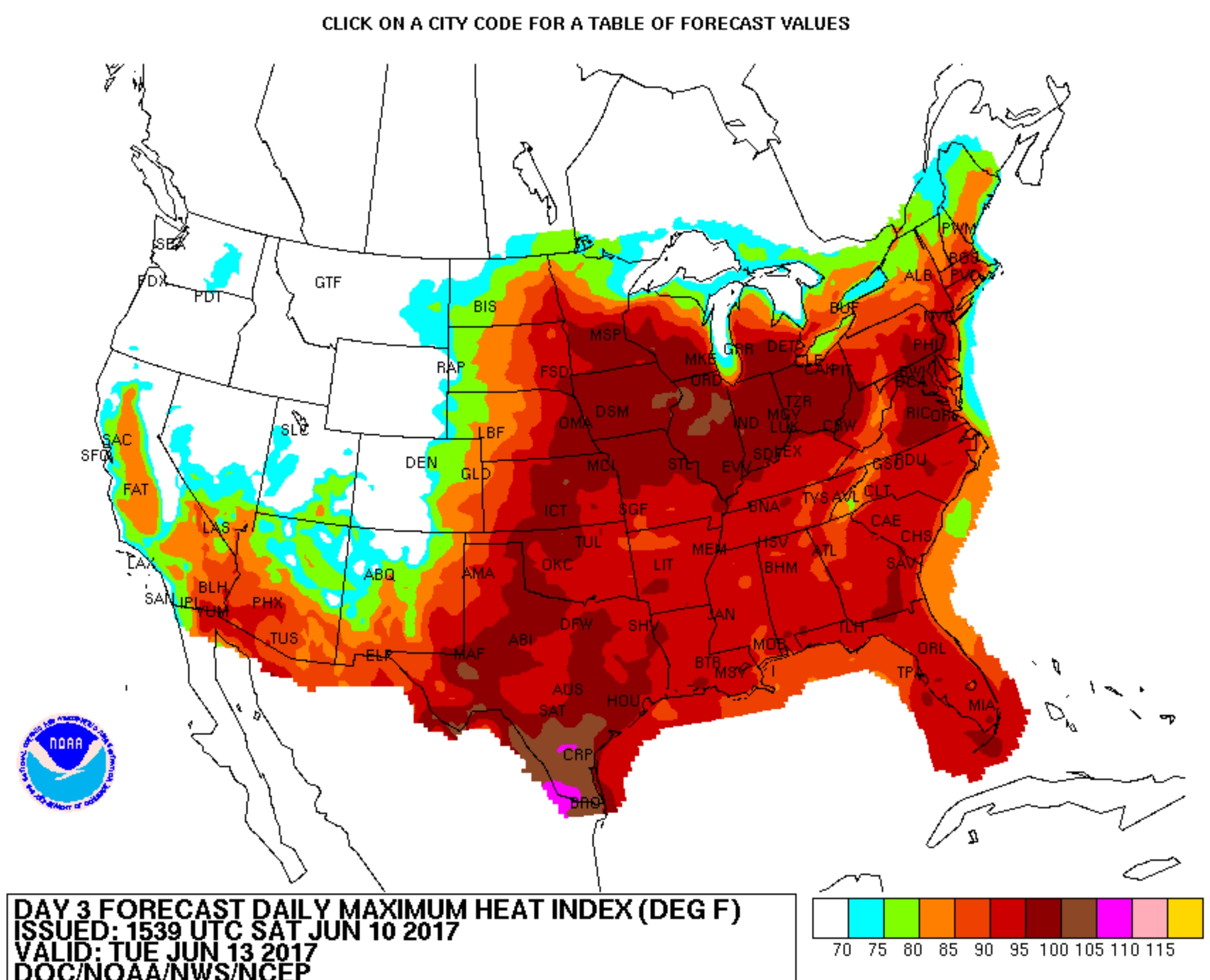 Building Heat Wave.
Building Heat Wave.
Here are predicted maximum heat indices for Tuesday, showing a heat
index close to 100F across much of the eastern half of the USA, maybe
105F from the Quad Cities and Rockford to Chicago and Peoria. The Dog
Days of Summer have come early this year.
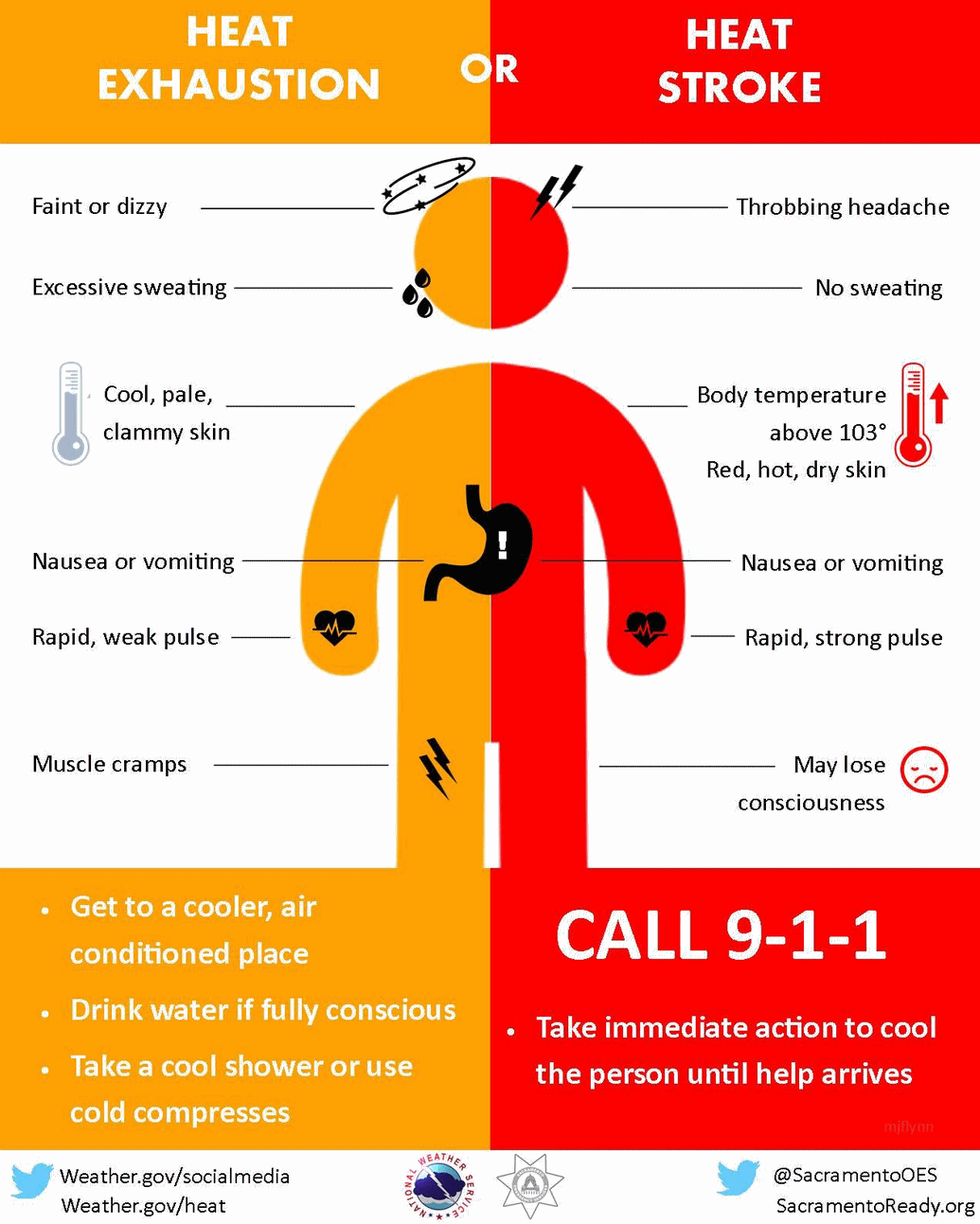 Heat-Related Ailments.
Heat-Related Ailments.
Dry skin, rapid breathing and pulse, along with slurred speech and
disorientation are all symptoms of heat stroke, which can prove fatal if
not treated quickly and effectively. If in doubt, call 9-1-1.
Life Before Air Conditioning. Here's an excerpt of the
Mental Floss story I referenced in today's column. Our ancestors were tough - no question. I fear we've gotten soft: "...
Ceiling
fans accentuate the effect by pulling air up during the summer, and
pushing warmer air down in the winter. Older homes with more than one
story took advantage of the stack effect, as open stairwells vented heat upstairs. That's why upper floors were only used at night, with the windows open. Some houses even had a tower or turret to act as a windcatcher or heat exhaust vent. Shade trees planted on the east and west sides of a home block the summer sun before it warms the home exterior. They also cool down breezes slightly before they enter the porch area. Awnings and window overhangs provide the same effect, and let more sunshine in during the winter, when the sun hangs lower..."
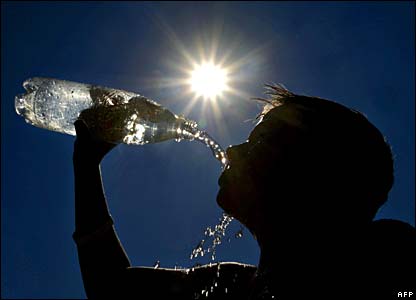 Excessive Heat Predicted for the Coming Week Could Affect Your Medication
Excessive Heat Predicted for the Coming Week Could Affect Your Medication. Not only the heat, but sunlight can impact the efficacy of certain medications. Dr. Marshall Shepherd explains at
Forbes: "...
According to information on the Baystate Health organization website,
there are standards for storing medications that have been set by the
U.S. Pharmacopeial Convention. The guidance on the website
One of the standards established by the U.S. Pharmacopeial Convention is
to keep medications stored at room temperature, which is defined as
between 68 to 77 degrees F. However, most pharmacists will agree that
they are still safe between 58 to 86 degrees F.
Medications
can also be affected by direct sunlight. Excessive heat or direct
sunlight can render some medications less potent. Baystate Health
organization experts suggest that medications taken for diabetes and
heart disease are particularly vulnerable...
Other particularly
heat sensitive medications include those used to treat the thyroid and
for birth control. Medications with hormones, albuterol inhalers,
diazepam, and lorazepam are also listed..." (file image: AFP).
Hot Start to June. After a minor cooling correction in May June is trending warmer than average again. Here's a clip from this week's
Minnesota WeatherTalk, courtesy of Dr. Mark Seeley: "
After
a cooler than normal May, June has begun much warmer than normal, with
most southern and western communities reporting multiple daytime highs
in the 90s F so far. Places like Browns Valley and Milan have already
reported highs of 96 degrees F, and temperatures will go higher than
that this weekend in many places. Observers across the state are
reporting average temperatures for the month so far that are from 5 to 8
degrees F warmer than normal. Also unlike last month, bright sunny
skies are dominant, and the landscape has dried out quite a bit. Many
areas are in need of a good rain. In fact portions of northwestern and
north-central Minnesota have seen deficits in precipitation since March
1st. Some are as much as 5-7 inches below normal in precipitation since
that date. As a result the Drought Monitor shows these parts of the state to be in moderate drought..."
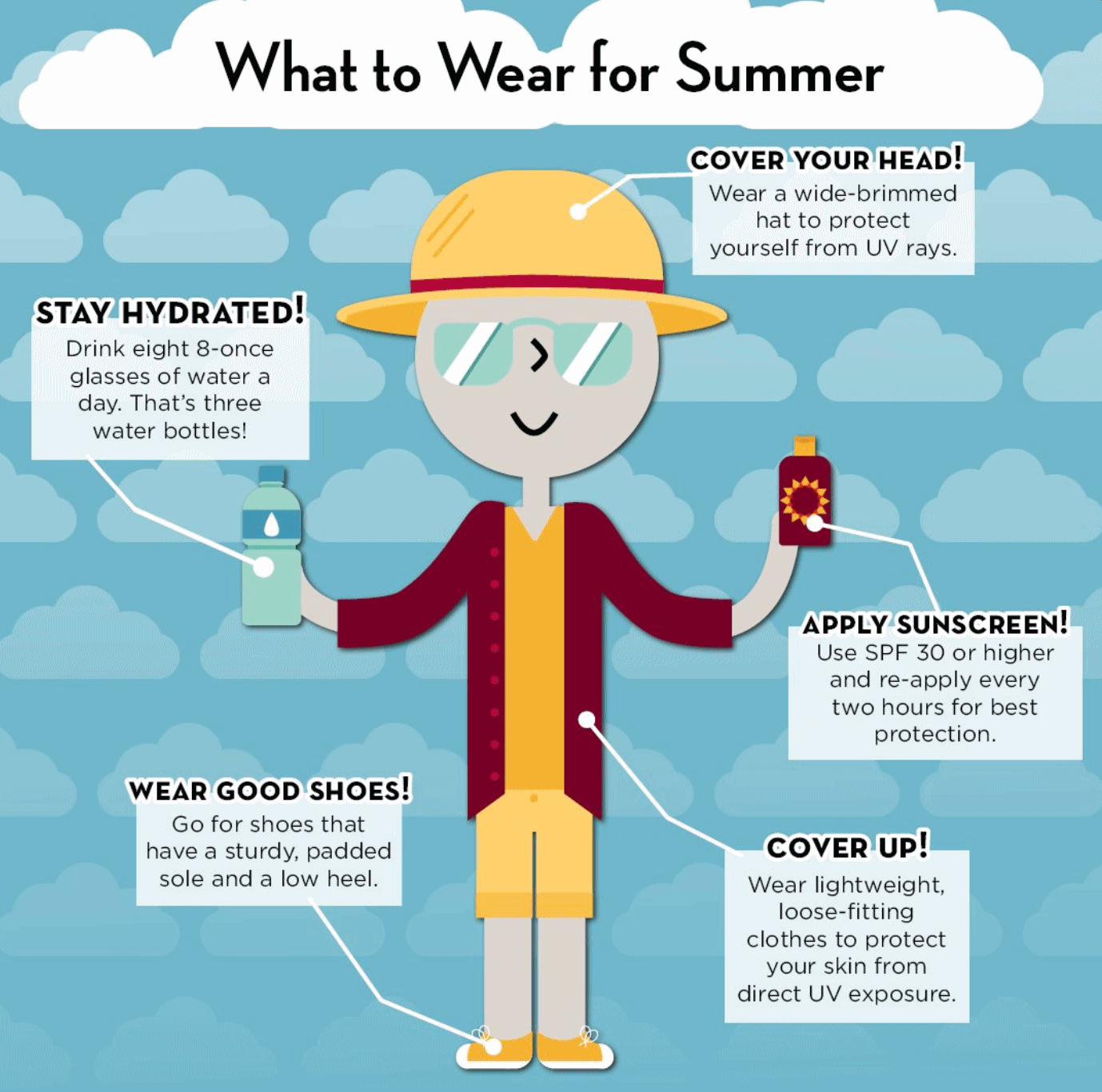 Dress for Hot Weather Success
Dress for Hot Weather Success. Although survival is probably a good place to start. Thanks to HealthTalkUMN at the University of Minnesota.
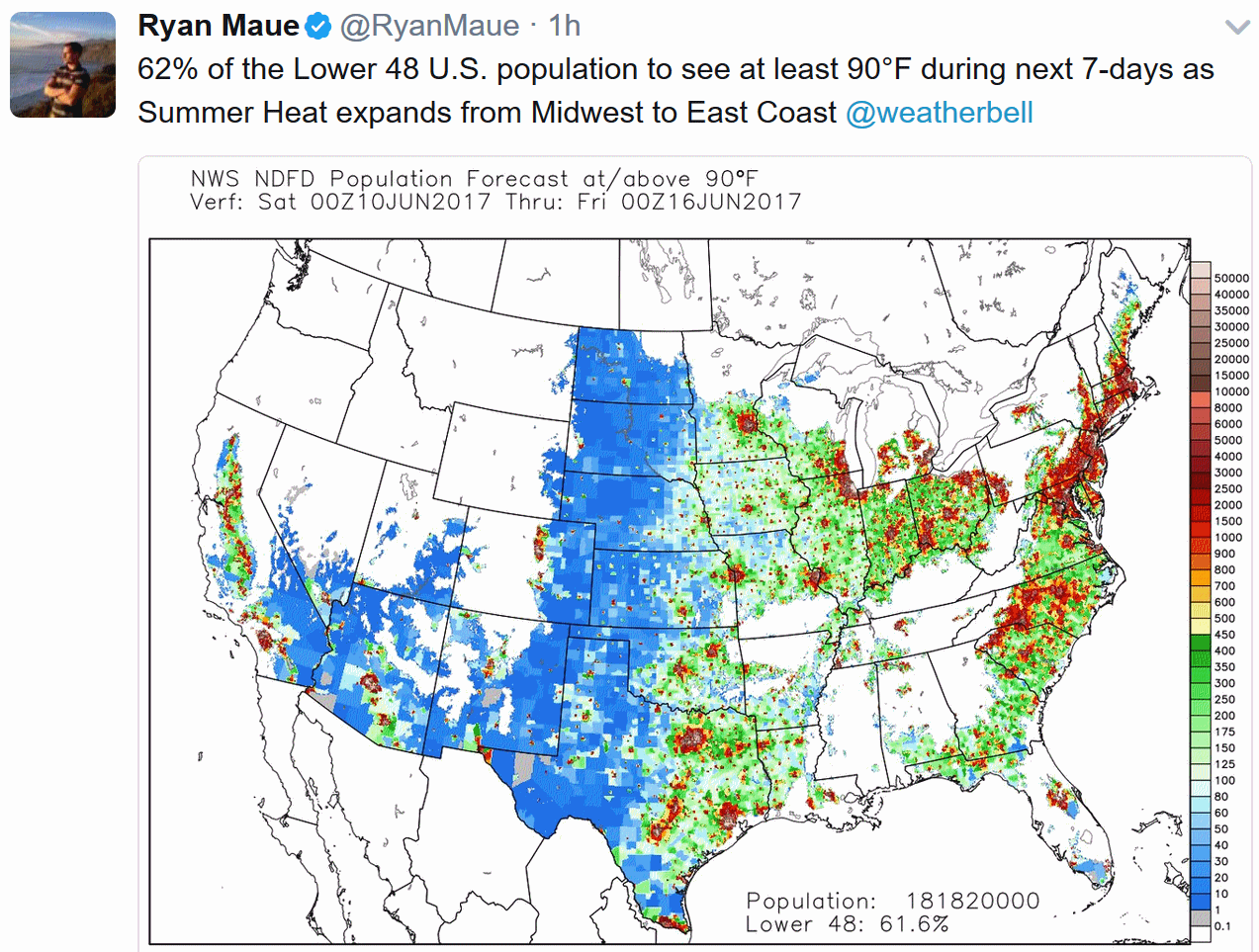
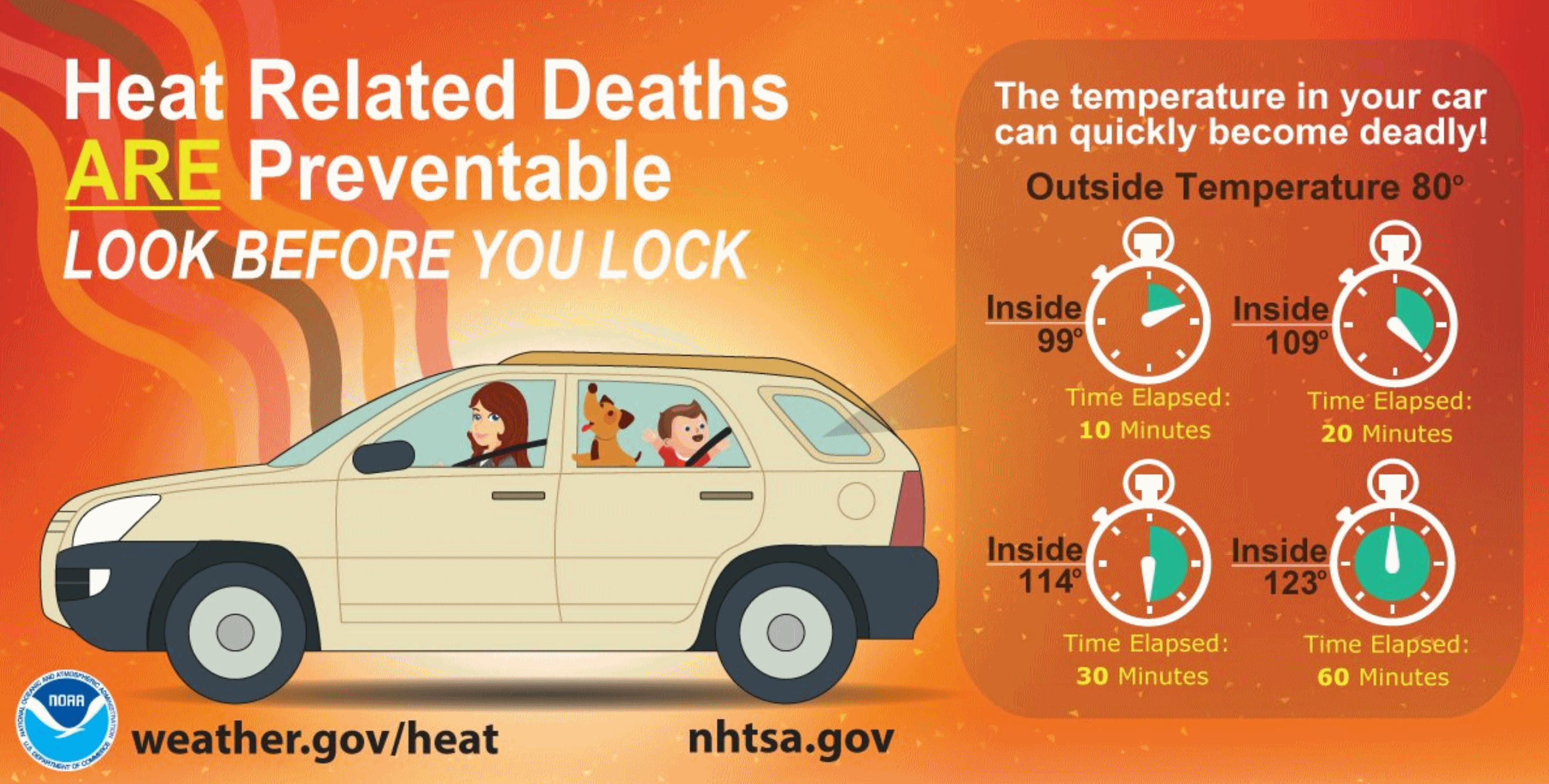 Avoid a Heat-Related Vehicle Disaster.
Avoid a Heat-Related Vehicle Disaster. Keep
in mind your vehicle quickly becomes an oven, a hyper-local greenhouse
effect during the summer months. According to NOAA studies an outside
air temperature of only 80F can translate into 99F after only 10
minutes; 109F within 20 minutes. Don't even think about leaving a child
(or pet) in a car or truck.
Pitchers More Likely to Hit Batters in Hot Weather. Yes, hot weather seems to have all of us on edge, according to a post at
Yale Climate Connections: "...
That’s
Rick Larrick of Duke University’s Fuqua School of Business. He studies
decision-making, and says hot weather has been linked to more aggressive
behavior. He studied baseball statistics and found that pitchers are
slightly more likely to retaliate when it’s hot. He speculates it’s
because people are already on edge. Larrick: “Once you are uncomfortable
and irritable, you are just more easily agitated, and the same kind of
insult or offense seems bigger...”
Photo credit: "
Rick Larrick at the Cardinals Hall of Fame in St. Louis."
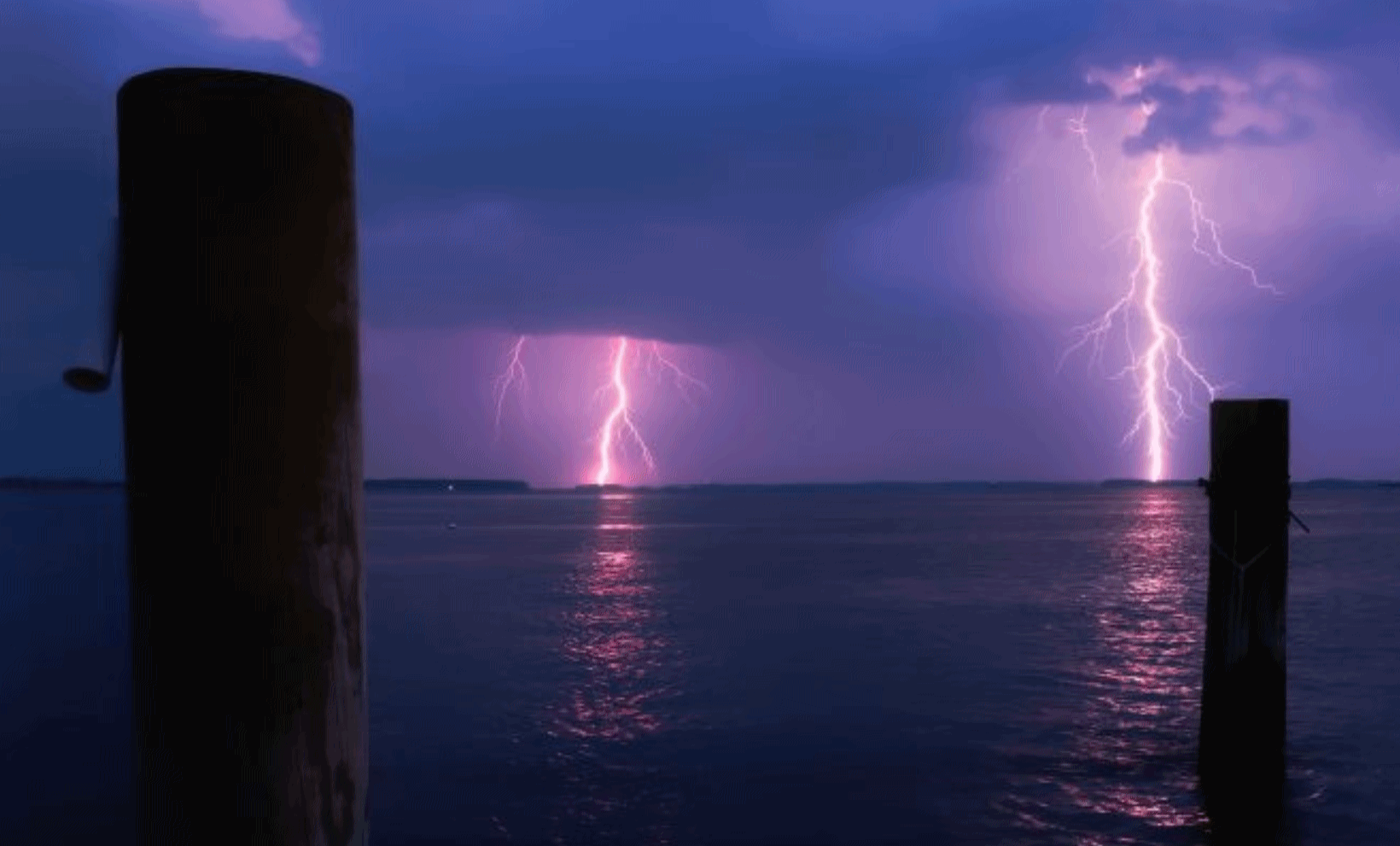 Florida Tech Study Confirms Lightning More Powerful Over Water. Here's a clip of another article that caught my eye, courtesy of Florida Tech: "
Florida Tech Study Confirms Lightning More Powerful Over Water. Here's a clip of another article that caught my eye, courtesy of Florida Tech: "...
Nag
and Cummins found that with strikes over water in western Florida, the
median stepped-leader duration was 17 percent shorter over ocean than
over land, and in eastern Florida the median durations were 21 and 39
percent shorter over two oceanic regions than over land. Using a
relationship between leader duration and lightning peak current derived
in this study, the authors estimate that lightning with peak currents
over 50 kilo amperes is twice as likely to occur in oceanic
thunderstorms. These findings suggest that people living on or near the
ocean may be at greater risk for lightning damage if storms develop over
oceans and move on-shore. This new understanding of the nature of
lightning could inform how off-shore infrastructure and vessels are to
be built to minimize the risk of super-powerful lightning bolts from
thunderstorms formed over the sea..."
 Intense Storms May Diminish Protective Ozone in Central U.S.
Intense Storms May Diminish Protective Ozone in Central U.S. Are super-sized thunderstorms doing more than increasing flash flood risk? Here's a clip from
Daily Climate: "
More
frequent, powerful storms in the Great Plains are penetrating deep into
the atmosphere, risking ozone loss and increased dangerous UV
radiation, scientists warn...Harvard researchers found that this
stratospheric ozone layer above the central U.S. gets depleted during
the summer, most likely as intense storms send water vapor into the
atmosphere. The vapor can cause the types of chemical reactions that
have spurred ozone loss in Arctic and Antarctic regions. The
stratosphere, which extends from about 7 miles above the surface to
nearly 30 miles above the ground, is one of the most “delicate aspects
of habitability on the planet,” the researchers wrote in the study
published in the Proceedings of the National Academy of Sciences
this week. The Great Plains' more frequent and violent storms get that
extra energy in large part from warming waters in the Gulf of Mexico.
The Harvard study shows that, in addition to storm damage, the loss of
ozone threatens food security and human health..."
Photo credit:
Kelly DeLay/flickr
Louisiana Coast Loses a Football Field of Land Every 38 Minutes. A number of converging factors are in play, as explained at
Plaquemines Parish Coastal Erosion: "
Louisiana
contains 30% of the total marshland within the lower 48 U.S. states,
but unfortunately leads in coastal erosion and wetland loss, making up
90% of coastal marsh loss. Currently Louisiana has lost 1,900 square
miles since the 1930's and continues to lose an estimated 70 square
kilometers/year, or a football field of land every 38 minutes, due to a
combination of natural processes, such as storms, sea-level rise, and
subsidence, as well as man made alterations to the Mississippi River and
wetlands over the past 200 years, i.e. the construction of levees and
canals, and the development of the oil and natural gas industry..."
An Entire Town in the US is Sinking Because of Climate Change. It's actually due to a combination of land subsidence and rising seas, as explained at
Futurism: "
Isle
de Jean Charles, a small island in southeastern Louisiana’s bayous, is
drowning as the Gulf of Mexico rises. Twenty-nine homes remain, housing
100 people, but they are all being relocated because the flooding is
unstoppable. The island has already lost 98% of its land since 1955,
making it one of the most visible victims of climate change
— so far. The residents can either leave their homes or die in them,
and they are leaving. “Now there’s just a little strip of land left,”
resident Rita Falgout tells Quartz. “That’s all we have. There’s water all around us. I’m anxious to go...”
"Coal is Dead" and Oil Faces "Peak Demand", Says World's Largest Investment Group.
ThinkProgress has the story: "
Coal is dead,” Jim Barry, the global head of BlackRock’s infrastructure investment group, explained in a recent interview. BlackRock, the world’s largest investment group, with $5 trillion in assets — more than the world’s largest banks — has
begun to bet on clean energy. Why? “The thing that has changed
fundamentally the whole picture is that renewables have gotten so
cheap,” said Barry. No, the world’s coal plants are not going to all
down shut tomorrow, Barry noted to The Australian Financial Review (subscription required). “But anyone who’s looking to take beyond a 10-year view on coal is gambling very significantly...”
Graphic: U.S. Energy Information Administration.
9.8 Million People Employed by Renewable Energy, According to New Report. Roughly 3 million of those jobs are in the USA. Here's a clip from
CNBC.com: "
Nearly
10 million people were employed in the renewable energy sector last
year, the International Renewable Energy Agency (IRENA) said on
Wednesday. IRENA's report, Renewable Energy and Jobs – Annual Review
2017, states that global renewable energy employment in 2016, excluding
large hydropower, hit 8.3 million. If direct employment in large
hydropower is included, that figure climbs to 9.8 million..."
File image: GreenTech Media.
Minnesota Moving Up in Rankings for Solar Energy.
Star Tribune reports: "
Minnesota’s
national ranking for solar energy capacity has climbed significantly
after a flurry of new projects have come online. During the first
quarter, the state ranked fourth nationally for new solar power
installations compared with the same period a year ago, according to
data released Thursday by the Solar Energy Industries Association
(SEIA), a trade group. The state added 140 megawatts of solar power
capacity in the quarter, continuing a growth spurt that started in last
year’s fourth quarter and reflects long-planned developments being
switched on..."
Photo credit: "Minnesota has added 140 megawatts of solar power capacity during the first quarter of 2017." (AARON LAVINSKY/Star Tribune file photo).
Boeing Is Studying Pilotless Jets. Say what? Speaking of job disruption. Here's an excerpt of an artlce at
Fortune that made me do a double-take: "
Boeing
is looking ahead to a brave new world where jetliners fly without
pilots and aims to test some of the technology next year, the world's biggest plane maker
said in a briefing ahead of the Paris Airshow. The idea may seem
far-fetched but with self-flying drones available for less than $1,000,
"the basic building blocks of the technology clearly are available,"
said Mike Sinnett, Boeing's vice president of product development.
Jetliners can already take off, cruise and land using their onboard
flight computers and the number of pilots on a standard passenger plane
has dropped to two from three over the years..."
India's First Solar Satellite Television Service Brings "Magic" to Villages.
Reuters reports: "
An
Indian social business has launched the country's first solar satellite
television service, bringing clean energy powered entertainment to
households and businesses through a pay-as-you-go payment scheme.
Simpa Networks, which began operations in 2011, is one of thousands of
social enterprises in India tapping into the renewable energy market in a
country where one-fifth of the 1.3 billion population has no access to
electricity. With the majority
of those without power from poor communities in countryside, the company
focuses on selling solar powered products such as LED lights, phone
charging points and fans on financing to rural homes and shops in
northern India..."
 Even Tesla's Elon Musk Makes Mistakes. Here's a clip from an article at Fortune: "...The
CEO said he made the decision to significantly pare down the
configurations for the Model 3—Tesla's most affordable vehicle yet,
starting at $35,000—after learning from mistakes he made with Tesla's
SUV known as the Model X, which Musk called "hubris extraordinaire."
"The big mistake we made with the X, which primarily was my
responsibility, was having way too much complexity right at the
beginning. That was very foolish," Musk said. "It had way too many cool
things in it that really should have been rolled in with version 2,
version 3," he continued. "We got overconfident and created something
great that probably will never be made again, and perhaps should not be
Even Tesla's Elon Musk Makes Mistakes. Here's a clip from an article at Fortune: "...The
CEO said he made the decision to significantly pare down the
configurations for the Model 3—Tesla's most affordable vehicle yet,
starting at $35,000—after learning from mistakes he made with Tesla's
SUV known as the Model X, which Musk called "hubris extraordinaire."
"The big mistake we made with the X, which primarily was my
responsibility, was having way too much complexity right at the
beginning. That was very foolish," Musk said. "It had way too many cool
things in it that really should have been rolled in with version 2,
version 3," he continued. "We got overconfident and created something
great that probably will never be made again, and perhaps should not be..."
We're Not in a Civil War, But We Are Drifting Toward Divorce. The urge to "self-segregate" probably won't end anytime soon, argues the author of a
National Review Op-Ed: "...
If
we seek to preserve our union, we’re left with a choice — try to
dominate or learn to tolerate? The effort to dominate is futile, and it
will leave us with a permanently embittered population that grows
increasingly punitive with each transition of presidential power. There
is hope, however, in the quest to tolerate. Our Constitution is built to
allow our citizens to govern themselves while protecting individual
liberty and providing for the common defense. It’s built to withstand
profound differences without asking citizens or states to surrender
their strongest convictions. We can either rediscover this federalism,
or we may ultimately take a third path — we may choose to separate..."
Crispr May Cure All Genetic Disease - One Day. Here's an excerpt from
WIRED.com: "...
When
I think about where we are likely to see the biggest impacts in the
shortest amount of time, I really think it’s going to be in
agriculture,” she said. Plant breeders have always been geneticists at
heart. And with the precision and ease of Crispr, identifying and
separating out desirable traits has the potential to speed up new crop
development by several orders of magnitude. Agro-giants DuPont and
Monsanto have invested in Crispr licenses to accelerate their R&D
efforts toward creating crops that can withstand changing climates and
new disease and pest burdens. In test plots around the world gene edited
crops are already growing—from longer-lasting potatoes and
flood-resistant rice to drought-hardy corn and mildew-proof wheat, to
name just a few..."
Livemint has a very good explainer on the principals behind Crispr.
Here's What Will Happen To America's Dying Department Stores.
Call it Mall-apocalypse. Shopping habits and expectations are rapidly
changing; many people now relying on online options, argues a story at
Business Insider: "...
And
when department stores die, the mall itself sometimes follows, since
the former pays a large percentage of the building's rent. In a new report,
Credit Suisse analysts expect that 20% to 25% of malls — about 220 to
275 shopping centers — will shutter over the next five years, largely
due to department store closures. Retail experts attribute the
traditional mall's decline to changing habits of American consumers, who increasingly prefer to spend money online or on experiences rather than objects. Department stores at malls of the future have an opportunity to fulfill other community needs besides commerce, June Williamson ,
an architecture professor at the City College of New York and an author
of "Retrofitting Suburbia," tells Business Insider. She says the US
simply has built too many malls (and thus, department stores)..."
Photo credit: Rolling Acres Mall Nicholas Eckhart
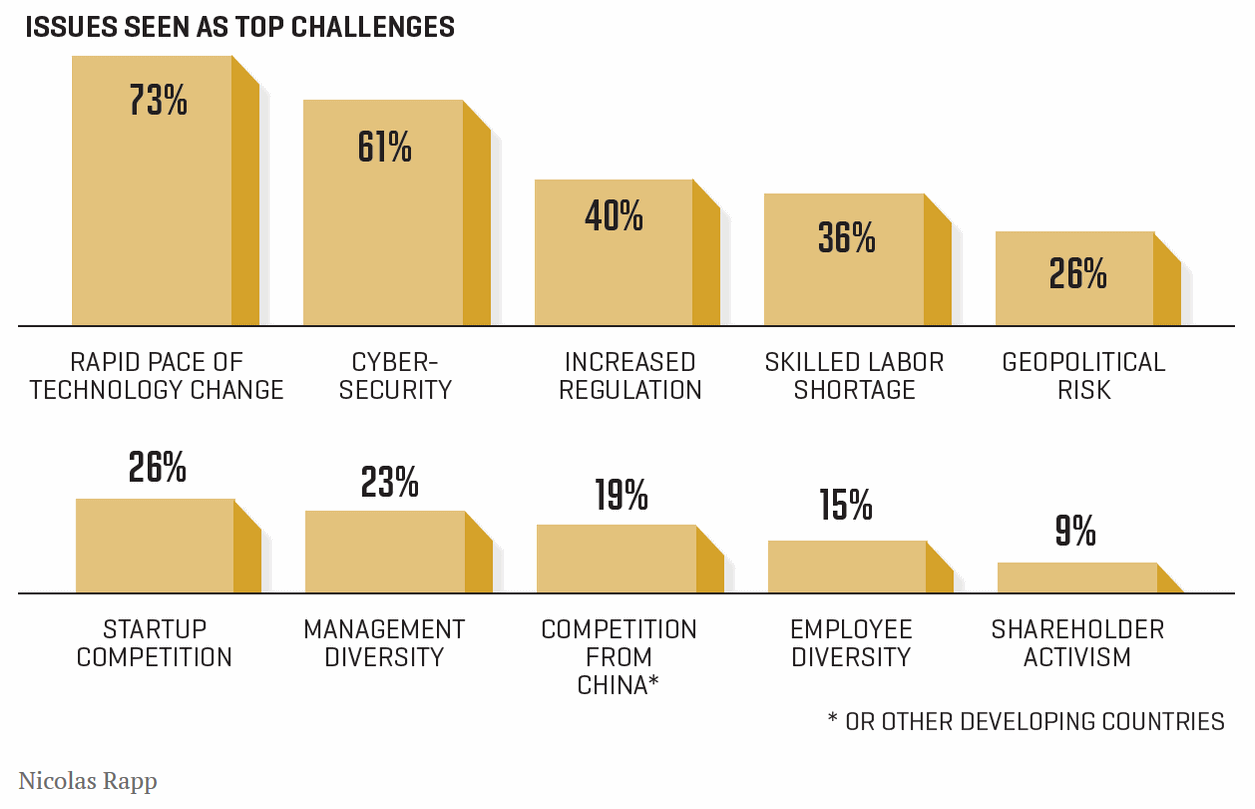 Fortune 500 CEOs Still Optimistic About the Future
Fortune 500 CEOs Still Optimistic About the Future. The greatest concern? The pace of technological disruption and AI, artificial intelligence. Here's an excerpt of a post at
Fortune: "...
Only
a few chief executives see the global economy turning worse next year.
More than one-third anticipate that it will improve, and over half are
expecting things to be about the same. The good news for workers? A
strong majority of CEOs say they expect to boost hiring over the next
couple of years. As for the Trump effect: not much so far..."
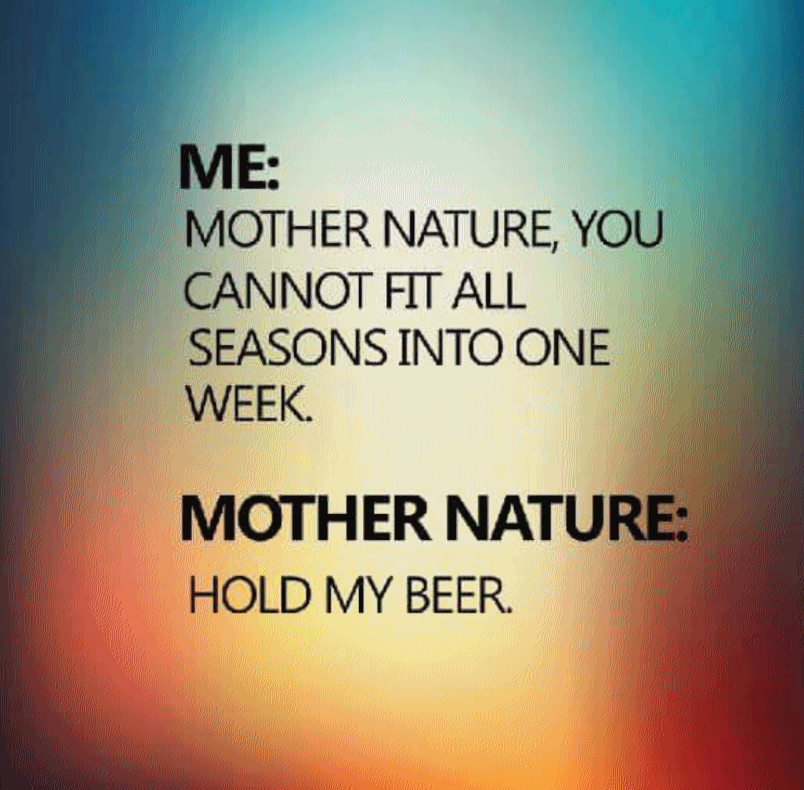
TODAY: Sticky with heavy T-storms likely. Winds: E 8-13. High: 83
SUNDAY NIGHT: Mild and muggy. Low: 69
MONDAY: Some sticky sun, few T-storms pop up. Winds: 5-10. High: 85
TUESDAY: Hot, steamy sun, more heavy T-storms. Winds: SE 10-15. Wake-up: 70. High: near 90
WEDNESDAY: Cooler front arrives: strong T-storms. Winds: SW 8-13. Wake-up: 69. High: 85
THURSDAY: Sunny and less humid. Winds: W 7-12. Wake-up: 63. High: 84
FRIDAY: Sunny start, late day T-shower risk. Winds: SW 10-15. Wake-up: 62. High: 83
SATURDAY: Cloudier, cooler with a few showers. Winds: NW 10-20. Wake-up: 61. High: 78
Climate Stories...
Iowa Teaching Standards Don't Say Humans Cause Climate Change, But... An article at
The Des Moines Register explains: "
At
first, people who reject predominant scientific findings that humans
are the main cause of climate change may be glad that new public-school
science standards don’t require teachers to teach that. But if
inquiry-based teaching guides under development in the Iowa K-12 Climate
Science Education Initiative are used, students may reach that
determination on their own, educators say. The Climate Science Education Initiative,
a project of the University of Iowa’s Center for Global and Regional
Environmental Research and College of Education, will help teachers
apply in class Next Generation Science Standards that do not take the step of telling students what to think about climate change..."
Photo credit: "
Iowa is seeing more floods as a result of climate change, yet has little idea of the price tag for needed protection."
Aaron Young/The Register.
Once Again Climate Change Cited as Trigger for War.
A recent report highlights 12 epicenters worldwide, where a rapidly
changing climate could contribute to destabilization and conflict. Scientific American has details: "...Many
of the risk epicenters stem from resource shortages and dislocated
populations, but the experts also consider an increased likelihood of
nuclear war, more pandemics and tensions in the Arctic. Any one of those
factors is enough to cause serious problems, but together they threaten
to undermine the international order, said Francesco Femia, one of the
authors of the report, titled “Epicenters of Climate and Security: The
New Geostrategic Landscape of the Anthropocene.” “The humanitarian
effects of [climate change] are massive,” he said. “But what we’re
saying is that those humanitarian consequences are likely to spill over
into broader security problems that speaks to the heart of how the world
organizes itself...”
Photo credit: "
The Mosul Dam in Iraq." Credit:
United States Army Corps of Engineers Wikimedia Commons
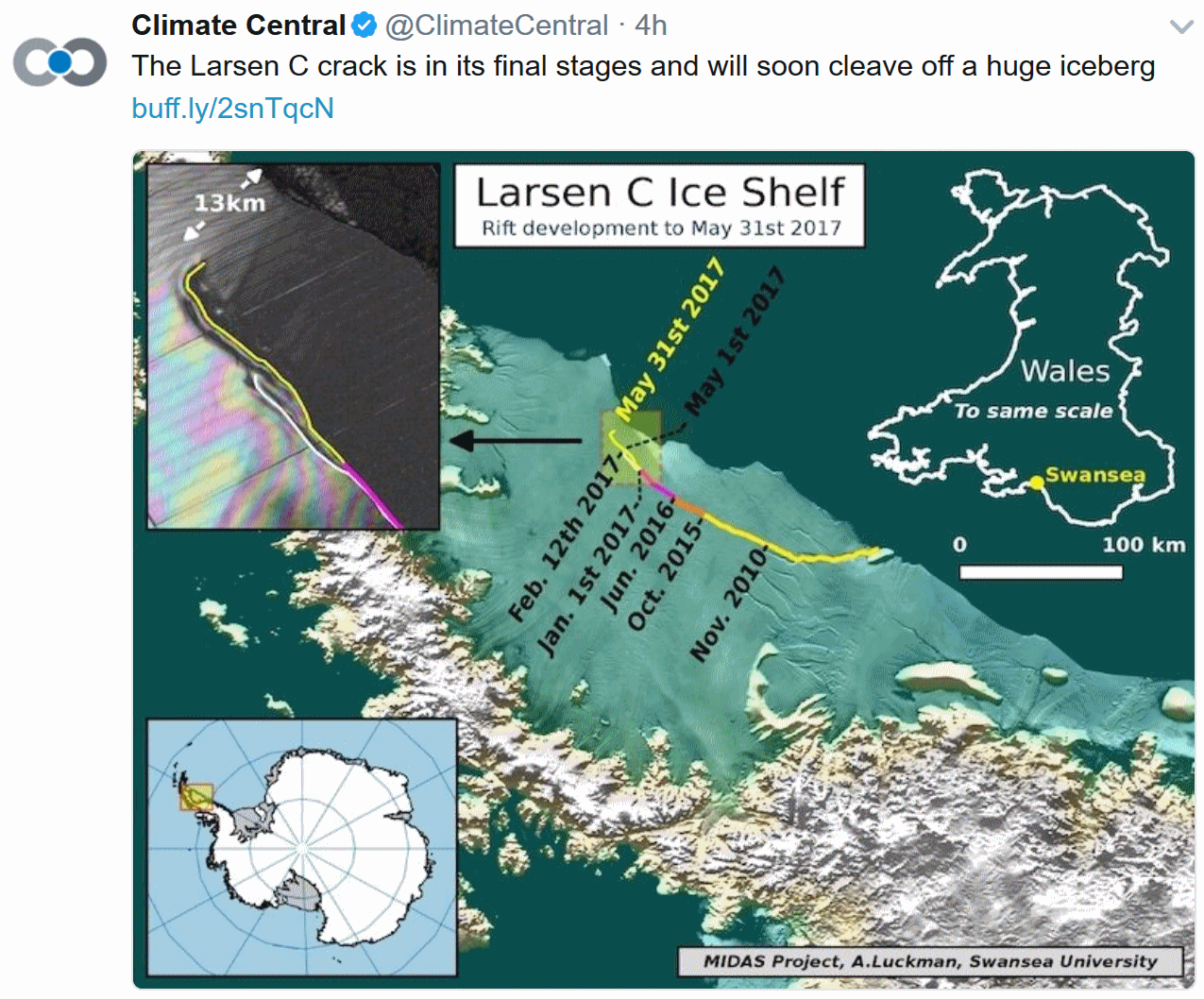
 Dayton Signs Into States' Climate Goal Alliance.
Dayton Signs Into States' Climate Goal Alliance. Rochester's
Post Bulletin has details: "
Minnesota's
governor is committing the state to upholding the Paris climate change
accord by joining an alliance set up by other states with the same goal.
Gov. Mark Dayton says he signed onto the U.S. Climate Alliance which
was formed after President Donald Trump announced last week that the
U.S. would withdraw from the Paris climate change agreement reached by
195 countries last year. California, New York and Washington started the
alliance. Minnesota, Puerto Rico and eight other states signed on
Monday. Alliance members pledge to reduce emissions 26 to 28 percent
from 2005 levels..."
File photo: U.S. Chamber of Commerce Foundation.
Pittsburgh and Paris Join Over 200 Cities and States Rejecting Trump on Climate. Here's an excerpt from
The Guardian: "...
Yesterday, the mayors of Pittsburgh and Paris co-authored a New York Times editorial
rejecting Trump’s efforts to pin the two cities against each other on
climate change. Additionally, 12 states (California, New York,
Washington, Connecticut, Delaware, Hawaii, Massachusetts, Minnesota,
Oregon, Rhode Island, Vermont, and Virginia) plus Puerto Rico created the US Climate Alliance, committed to upholding the Paris accord.
These states represent 97 million Americans – 30% of the national
population. More than 1,000 U.S. governors, mayors, investors,
universities, and companies joined the “We Are Still In” campaign, pledging to meet the goals of the Paris agreement..."
Map credit: "
States joining the US Climate Alliance shown in green." Illustration: Dana Nuccitelli.
Remembering Pittsburgh's Polluted Past.
I remember going on business trips to Pittsburgh with my dad, and white
dress shirts turning orange from all the grit in the air. Street lights
were often turned on at high noon. Sometimes we fail to grasp how far
we've come. Here's a clip from
Atlas Obscura: "...
Conditions
were so bad, white-collar workers often had extra pairs of shirts to
change into during the day. And when Frank Lloyd Wright was asked how to
fix the city, he glibly said, “Raze it and start over.” In 1946, the
newly elected mayor proposed a less extreme plan to clean up the city
and improve the standard of living. Over the next two decades, the
surfaces of buildings were cleaned, new, cleaner industries slowly came
up, and the level of pollution dropped by nearly 90 percent. But some
buildings wanted to keep a reminder of the city’s smoky past to warn
future generations about the consequences of filthy air, and the Mellon
Institute of Industrial Research was one of them..."
Photo credit: CMU, Thomas Harper.
 American's "Under Siege" From Climate Disinformation - Former NASA Chief Scientist
American's "Under Siege" From Climate Disinformation - Former NASA Chief Scientist. No kidding. Here's a clip from
The Guardian: "
Americans
are “under siege” from disinformation designed to confuse the public
about the threat of climate change, Nasa’s former chief scientist has
said. Speaking to the Guardian, Ellen Stofan, who left the US space
agency in December, said that a constant barrage of half-truths had left
many Americans oblivious to the potentially dire consequences of
continued carbon emissions, despite the science being unequivocal. “We
are under siege by fake information that’s being put forward by people
who have a profit motive,” she said, citing oil and coal companies as
culprits. “Fake news is so harmful because once people take on a concept
it’s very hard to dislodge it...”
 Why Conservatives Have Always Distrusted Science
Why Conservatives Have Always Distrusted Science.
Not all conservatives. And there's a place for both, faith in absolutes
and the scientific method; they are not mutually exclusive. Here's an
excerpt from
Bloomberg View: "...If "
technology becomes the god by which we live," warned
the National Review columnist Frank Meyer, then the Communists would
win, because their system pursued "to its logical conclusion the
positivistic glorification of control and power as the end of man’s
existence." To go down that route was to worship the false god of
"scientism," the philosopher Eric Voegelin wrote, and to make
mathematics and physics "substitute for the religious order of the
soul." After all, it was the scientific method, what Friedrich Hayek
called the "religion of the engineers," that had created the gas
chambers in Nazi Germany and the planned economy and labor camps in
Stalin’s Russia..."
File image:
Catholic World Report.
Your Country is Flooding? Tough Luck. There will be blowback. Here's an excerpt from
Bloomberg: "...
The
irony of U.S. antipathy to funding climate projects overseas is that
withdrawing from those efforts hurts Americans. Matthew Kotchen, a Yale
economics professor who represented the U.S. on the fund’s board under
Obama, says that higher emissions overseas mean worse storms, floods,
and wildfires at home. Just as important, natural disasters in poor
countries, caused or amplified by climate change, lead to increased
conflict and migration. “Trump himself, and maybe many of his
supporters, believe that focusing on just your own national interest is
sufficient,” Kotchen says. “There isn’t a recognition that we actually
depend on other countries and other people for our security, stability,
and prosperity.” While that debate continues, the problems that the
climate fund is meant to address get worse. A recent study found that
the number of people exposed to storm surges has increased more than
20 percent since 2000, to 162 million. More than 1 billion people are
exposed to floods, the vast majority of them in the developing world..."
Photo credit: "
In Tuvalu, $36 million will fund protection of the coastline after a 2015 cyclone displaced half the population." Photographer: Sokhin/UNICEF/Zuma Press.



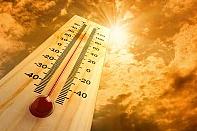
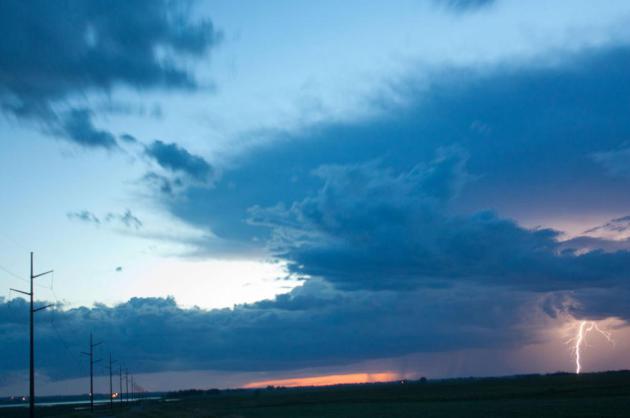

No comments:
Post a Comment